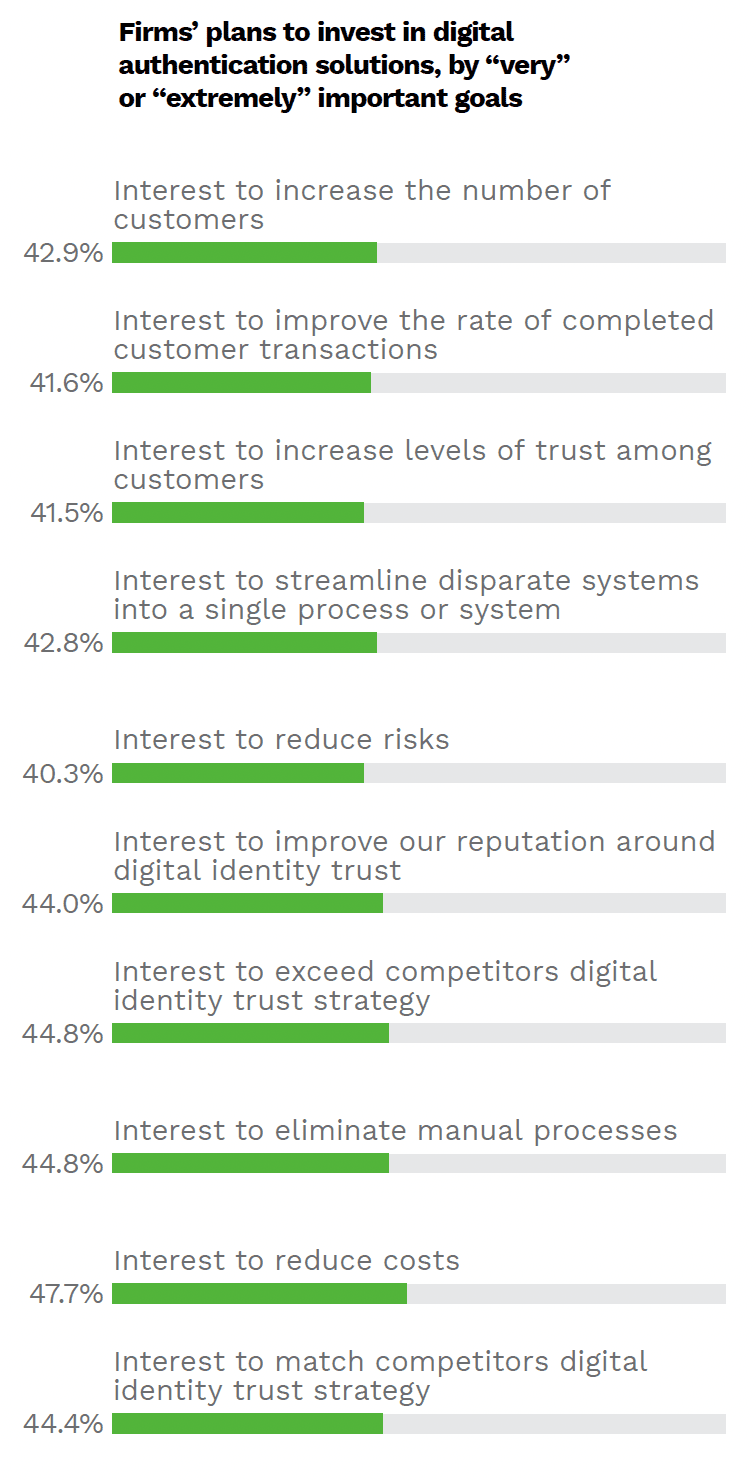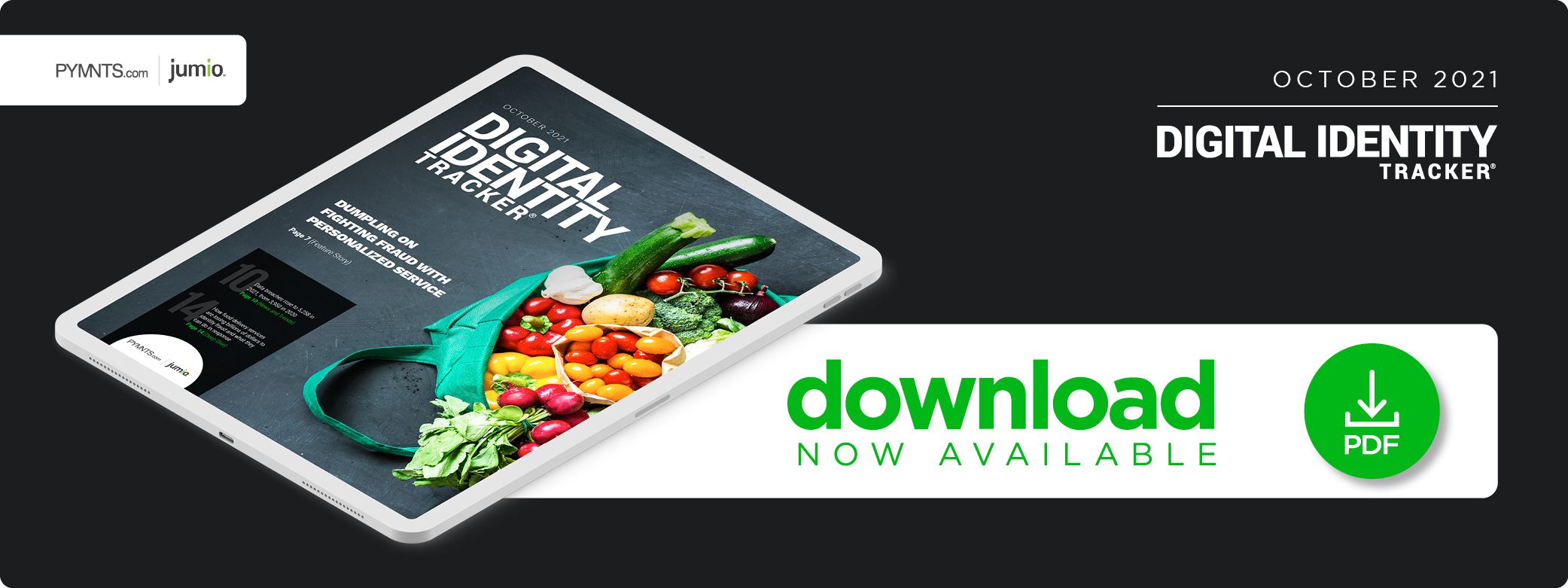Deep Dive: How Innovative Digital ID Verification Can Keep Food Delivery Services Safe From Cybercriminals

The number of food deliveries soared during the pandemic as consumers sought safe and convenient ways to obtain groceries and meals despite social distancing orders and indoor dining restrictions.
Two-thirds of consumers in a February poll reported ordering from third-party food delivery services, up from the 41% who did so before the pandemic. The share of diners using food delivery apps at least weekly has also nearly doubled since July 2020. Restaurants and supermarkets expanded their online offerings to stay afloat and meet the new demand, but the resulting increase in transactions also made them more vulnerable to fraud.
A study found that consumers lost $56 billion to identity fraud last year as crooks stole credentials from third-party delivery services DoorDash, Grubhub, Instacart and Uber Eats. Delivery services accounted for 18% of identity fraud in nonfinancial accounts, exceeding the rates for mobile phones, social media platforms, emails and utilities.
Such fraud was predictable in the delivery sector, as wherever revenues rise, fraudsters are sure to follow. Food delivery provides bad actors with attractive targets that are challenging for merchants to defend. Customers expect fast delivery without friction, but if payment security is inadequate or relies on manual review for approval or decline, the potential for errors is high. When a fraudulent order slips through, the restaurant is typically on the hook for a customer refund.
The following Deep Dive examines the rise in various types of fraud affecting the food delivery sector. It also explores how digital ID verification innovations can keep these services, restaurants and their customers safe from cybercriminals.
Types of Fraud Affecting Food Delivery Services
Food delivery fraud schemes can go well beyond the ordinary example of a malicious actor stealing credit card data and using it to place orders online. Food deliveries are particularly susceptible to account takeover (ATO) attacks, which occur when fraudsters steal users’ login credentials for delivery apps or restaurant websites. Many such sites have loyalty programs that allow customers to use points instead of cash to pay for meals or perks, and fraudsters can easily exploit these to get around requirements, such as having to produce credit cards’ billing addresses or card security codes.
Sophisticated cybercriminals are not the only ones committing fraud, and customers are not the only victims. Business may be brisk for DoorDash, Grubhub, Uber Eats and other third-party delivery aggregators, but restaurants are losing their shirts to chargeback fraud. Diners can be “friendly fraudsters” who use their own credentials but then claim their orders were never delivered and request refunds from their credit card companies. This type of fraud can be insidious, eating steadily into revenues one small order at a time before it becomes noticeable.
Several other factors can make food delivery especially prone to fraud. Customer satisfaction with food delivery often hinges on the experience being quick and hassle-free. This has led merchants that rely on time-consuming verification processes such as manual payment review to minimize friction by relaxing security.

How Innovative Digital ID Verification Can Help
Automating fraud decisions is one way the food service sector can help safeguard online delivery and payment options from cybercriminals. Removing the manual component offers eateries a fraud solution that works consistently and instantly even at the busiest times, reducing the likelihood of an extended delivery wait that could frustrate legitimate customers. Fraud prevention software powered by artificial intelligence (AI) and machine learning (ML) can identify orders that are likely fraudulent with greater accuracy and in real time. AI and ML systems also represent a more comprehensive approach to fraud, allowing the food services industry to tackle its particular problems with coupon and loyalty program abuses.
Merchants know they must act. A PYMNTS study found that more than 40% of surveyed businesses said they plan to invest in digital authentication solutions to protect themselves and their customers from growing security threats. These firms also see that investing in innovative authentication and verification solutions is vital to improving customer relationships and gaining their trust.
The complexity of fraud affecting the food delivery sector calls for a sophisticated and holistic approach. Merchants adopting AI- and ML-powered solutions will be in the best position to rebuff fraudsters while delivering seamless experiences to good customers.

